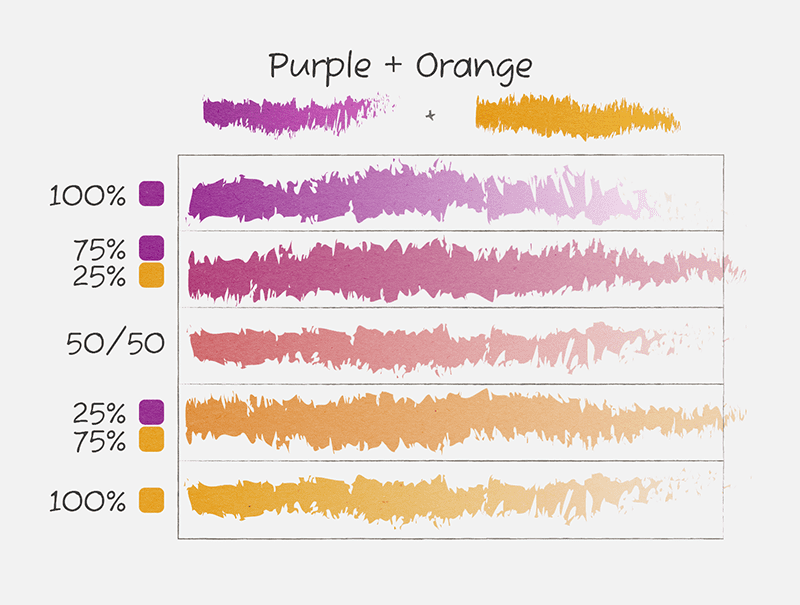Back to library
What’s it for: Fractions, decimals and percentages
We actually use fractions (including fractions, decimals and percentages) a lot in everyday life. When you remember that fractions are just ways of talking about parts of a whole number or a collection, you will realise that you use them all the time and for a range of different things in everyday life and at work.
Fractions in everyday life
Time
Our days often follow a schedule – getting to school or work on time, making it to an appointment, meal times, bed time. This will almost always involve fractions because most things we do don’t work to the whole hour exactly, for example an appointment is at 9.15 (quarter past 9), or dinner will take half an hour to make.
Times on a clock can show fractions of an hour.
Often we also calculate with these fractions. For example, the appointment is at 9.15 and it will take 45 minutes (three quarters of an hour) to drive there, so we have to leave home by 8.30.

Money and shopping
Money and shopping gets us using a range of fractions! We use decimals for money itself. Amounts of money and prices are decimal fractions showing us parts of a whole dollar amount (for example, $1.75, is one whole dollar and ¾ of a whole dollar).
Discounts are shown as either fractions or percentages. For example, ½ price or 50% off.
Sometimes the amounts of things we buy involve fractions. For example, we might weigh out 1.5 kg of apples or ask for ½ kilogram of carrots.
Again, we may be used to calculating with these fractions. For example, knowing that 50% off a $20 item means it now costs $10, or 1.5 kg of apples at $4 per kilo is $6.
We are also using fractions if we split the bill evenly with friends.
Cooking and food
Recipes often call for fractions of a cup. We need to be able to work with these to make sure the food turns out correctly. For example, if a recipe calls for ¾ cup of flour and we use 1 cup it will not work. We may also calculate with fractions if we are increasing or decreasing a recipe.
Similarly, we often use fractional language when sharing out food and meals. For example, when sharing a punnet of strawberries or a pizza into quarters to feed four people.
Sport, art and hobbies
Many sports use fractions, decimals and percentages when discussing results and performance. For example, team games like football look at the percentage of games won by each team and individual player performance statistics look at goal accuracy as a percentage. Racing results are often broken down to fractions of a second (for example, in car racing a lap time may be given as 1:18.887, which includes minutes, seconds and decimal fractions of a second).
Artists might also use fractions and percentages. For example, a painter might mix the right colour by adding the right percentages of others colours. For example, 50% red with 25% blue and 25% white may make light purple. Musicians use whole and fractions of notes to understand the timing of the music. For example, there are four crotchets (quarter beats) in a whole note.

Fractions at work
Basically every job involves fractions in some form (even the ‘non-maths jobs’!). Here are some of the common ways we use fractions at work and just a few examples of jobs that need those skills.
Time
As in everyday life, working life needs us to manage time. At work this can include:
- filling in timesheets or understanding payslips (for example, working a 7.5 hour day with a half hour lunch break, or reading the hours worked multiplied by the hourly rate for total pay)
- making client appointments or meeting times
- estimating how long it will take to complete work or travel somewhere to complete a job.
Money
Many jobs involve working with money and this means we all need some understanding of fractions. Some examples may include:
- money transactions and payments (for example, in a sales role or front of house roles)
- setting prices for goods or services or quoting for jobs (anyone who wants to be paid for their product or service does this!)
- managing a company’s finance and making financial decisions (for example, accountants, CEOs or small business owners).
Measurements
Many jobs need to take accurate measurements, and we use fractions, decimals or percentages to do this. Some examples include:
- making things (for example, buildings, clothing, furniture, cabinetry, sculptures, food and drinks)
- designing things (for example, architectural drawings, blueprints for buildings or bridges)
- monitoring health or growth (for example, medical professionals, zookeepers, vets or personal trainers).

Even jobs that don’t always need very precise measurements may use fractions in estimated measurements. For example:
- working out the amount of materials needed for a job (for example, a decorator may estimate the amount of paint needed for a room)
- monitoring stock levels (for example, a nail technician may replace a bottle of nail varnish when it is only ¼ full).
Statistics
A wide range of jobs require some understanding of statistics, which use percentages. For example:
- understanding a business’ percentage share of the market
- charity workers may look at the percentage of people they are able to help with the donations they have
- political advisors and advertisers need to understand survey results and opinion polls
- coaches and sports analysts will look at performance statistics.
Specialised uses
Some jobs have specific uses of fractions and may require advanced calculations. For example, medical workers calculate dosages for medications or anaesthetics, which is often based on a patient’s exact weight or height, or an oncologist may measure tumors precisely to make sure a surgeon can remove it all. Engineers use advanced fractions, including ratios, in their work. For example, stress to strain ratios when making sure a structure will be strong enough, or chemical concentration ratios.
Summary
Fractions are everywhere, both at home and at work. Often we don’t even notice we are using them, but they can help us be accurate and sometimes fair. Helping children understand fractions is important because it will enable them to do the things we might take for granted and sets them up for further developing the skills if they want to go into a career that needs them to be precise. As with other skills, exposure and practice are key! See our article Maths at home: Fractions for simple ideas on how to explore fractions at home.
